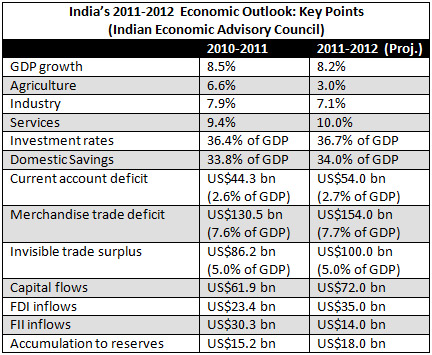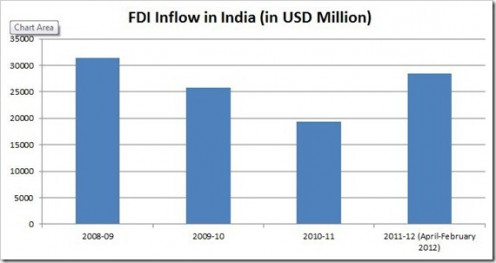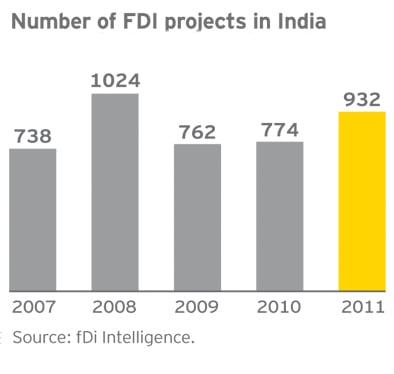MIXED ECONOMY IN INDIA



PRIMACY OF PUBLIC SECTOR
Immediately after independence India adopted the soviet model of initiating planned growth. To achieve this THE NEHRU MAHALANOBIS model of economic growth was adopted. The emphasis was on developing heavy industries which needed large investments, long gestation period and were usually monopolies. These core areas were to be entrusted to the public sector with the private sector playing a supportive role. This primacy of the public sector was spelt out in the industrial resolution policy of 1956.As per this industries were classified into three categories, as schedule A, schedule B and schedule C. Schedule A and B contained all the key and basic industries. Of these 29 industries were exclusively reserved for the public sector. Schedule C contained the rest of the industries and private sector could operate only in this area.
The outcome was that public sector expanded very fast and import substitution achieved. There was impressive growth in industries like mining, metallurgical, chemical, petrochemical and fertilizers. The early emphasis was on reducing reliance on import and to improve foreign exchange earnings. But the problem was that the government lacked resources to mobilize funds for larger projects. The private sector which had an impressive pool of talent and funds was underutilized.
GLOBALIZATION
Globally great changes were taken place. Trade barriers were greatly reduced and a better environment was created for a flow of capital between countries. There was also not much obstruction to flow of technology or that of labor. This process called globalization had its impact on India too. The government was forced to re examine its industrial policy of 1956 and come out with a new one. Though the government had revised its industrial policy in 1977 and 1980, the new industrial policy of 1991 was drastically different and of far reaching impact.
INDUSTRIAL POLICY OF 1991
The industrial policy of 1991 was aimed at unshackling the economy from bureaucratic control. It was the first major attempt to dismantle the “LICENSE QUOTA RAJ” The government introduced the policy of liberalization and restrictions on foreign direct investments in select areas were removed. The domestic industries too were given relief from the monopolies and restrictive trade practices act, thereby permitting them to expand and grow. The government also decided to disinvest loss making public sector units.
The initiatives in promoting privatization were in the form of three sets of measures. They were:
1. Ownership measures: There was to be total denationalization and liquidation of assets.
2. Organizational measures: By resorting to this the government intervention in industries was restricted to just policy making and leasing of assets. Financial restructuring was also incorporated in this.
3. Operational measures: This was intended to grant autonomy and inject the spirit of commercialization.
IMPACT OF REFORMS
This was a situation of reversal of role. Private sector was to take the initiative and make investment for the growth of the economy and public sector was to play a supportive role. The result of this was that exclusive reservation for public sector was almost done away with. Many public sectors were privatized and industrial licensing was almost scrapped. This was accompanied by an open door policy to foreign capital followed by rationalization of tax structure. The reforms were however not total. There are still areas where FDI was not liberalized. The retail sector for example has not been opened up owing to objections from domestic retailers who fear the entry of big supermarkets in India would smother them.









